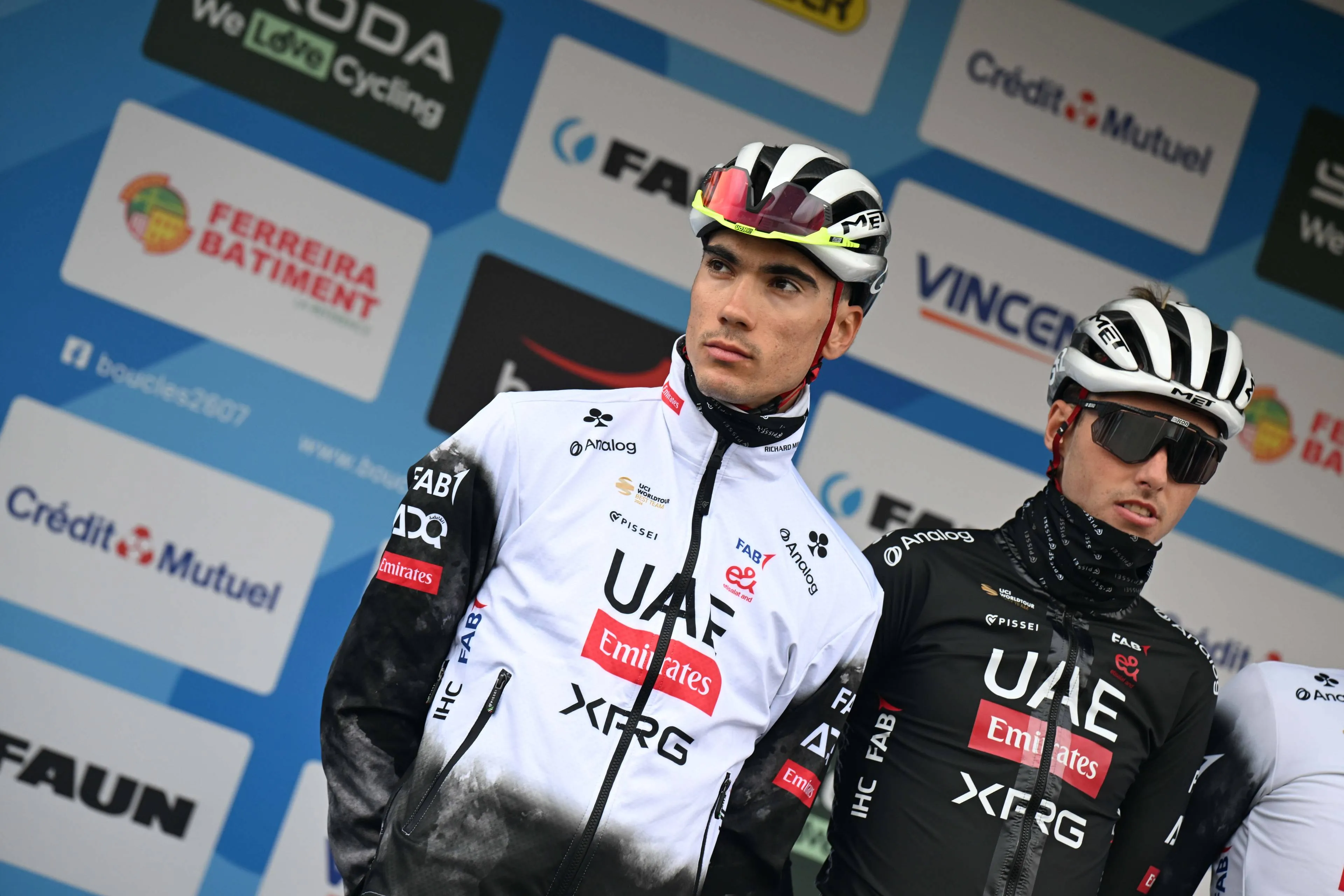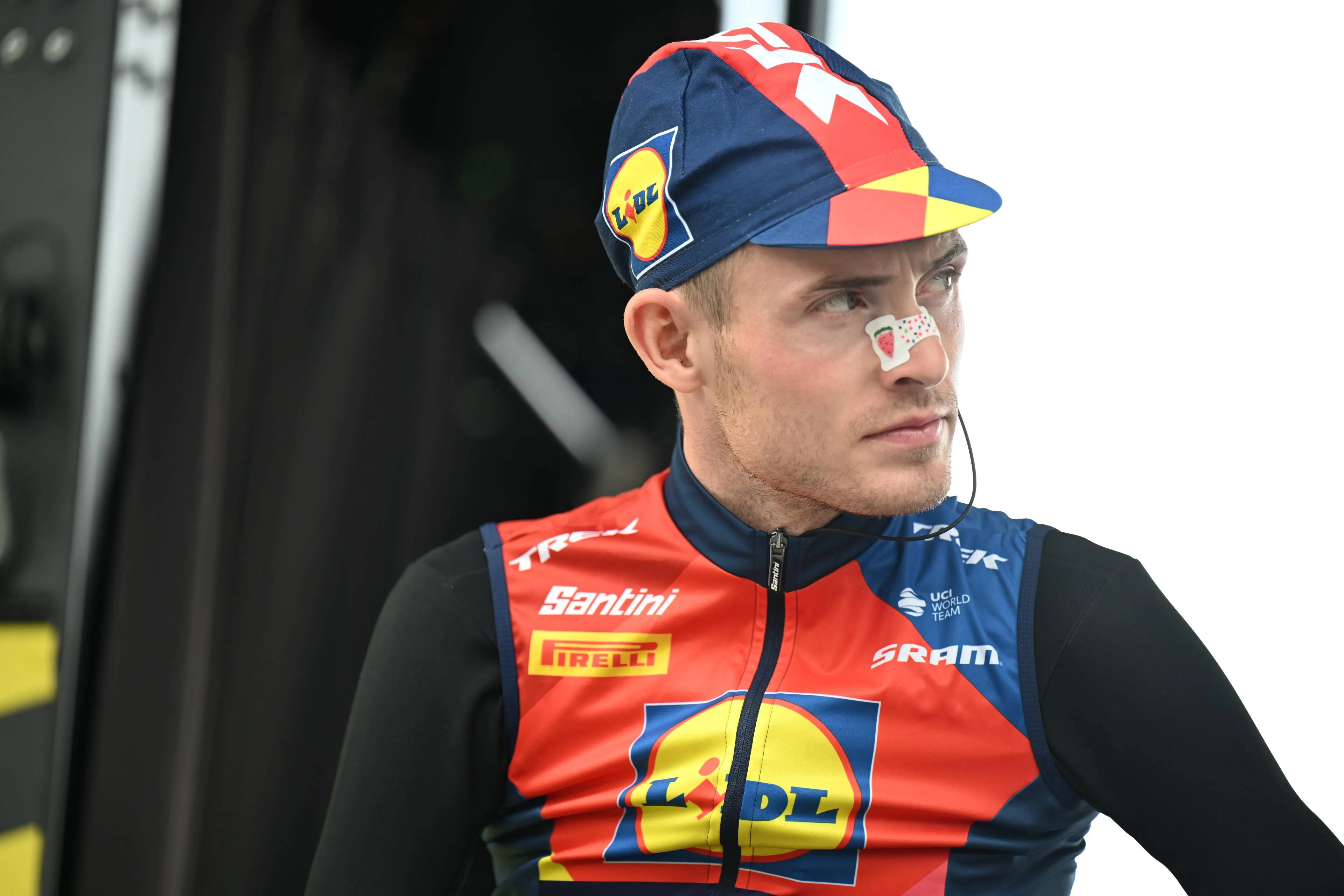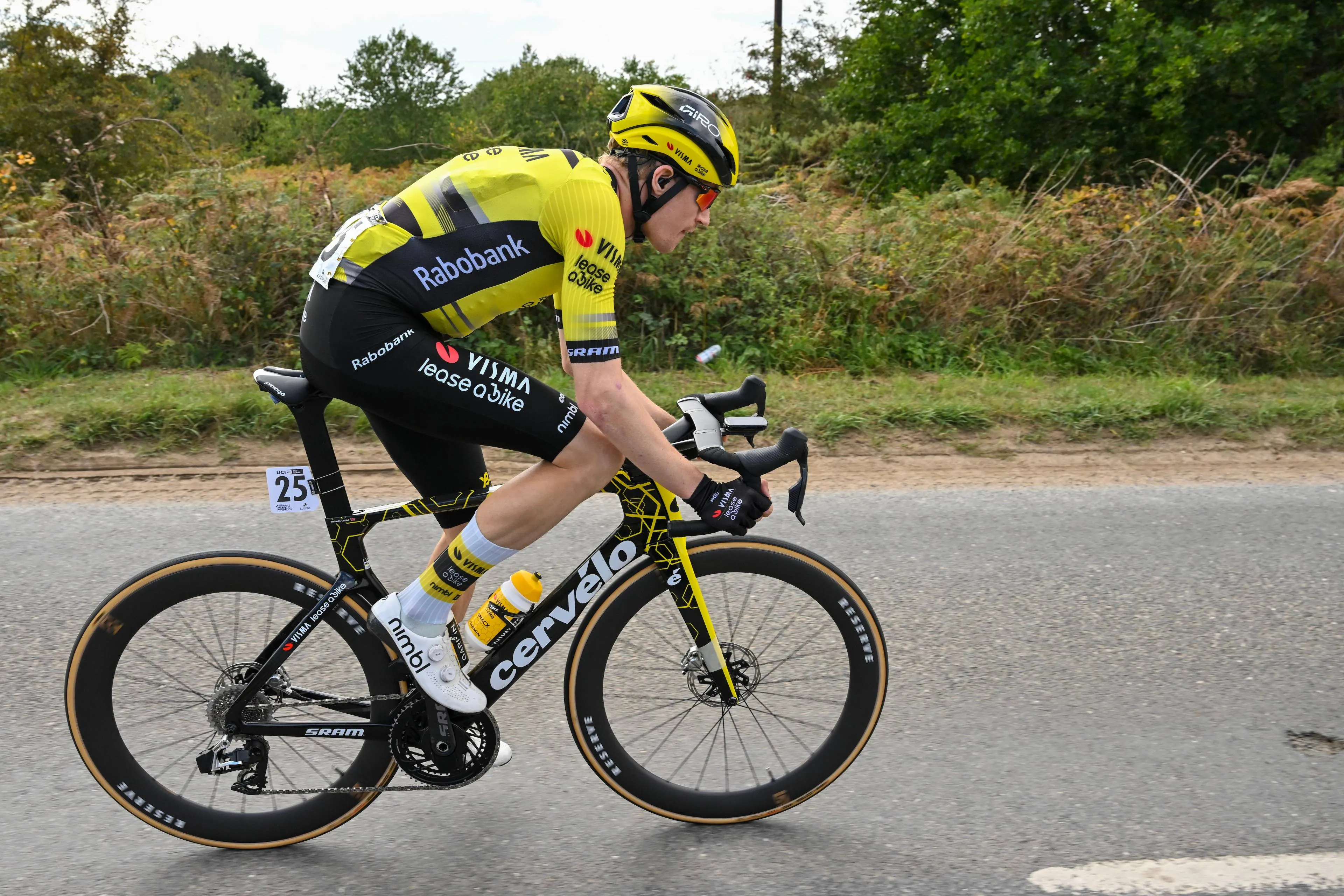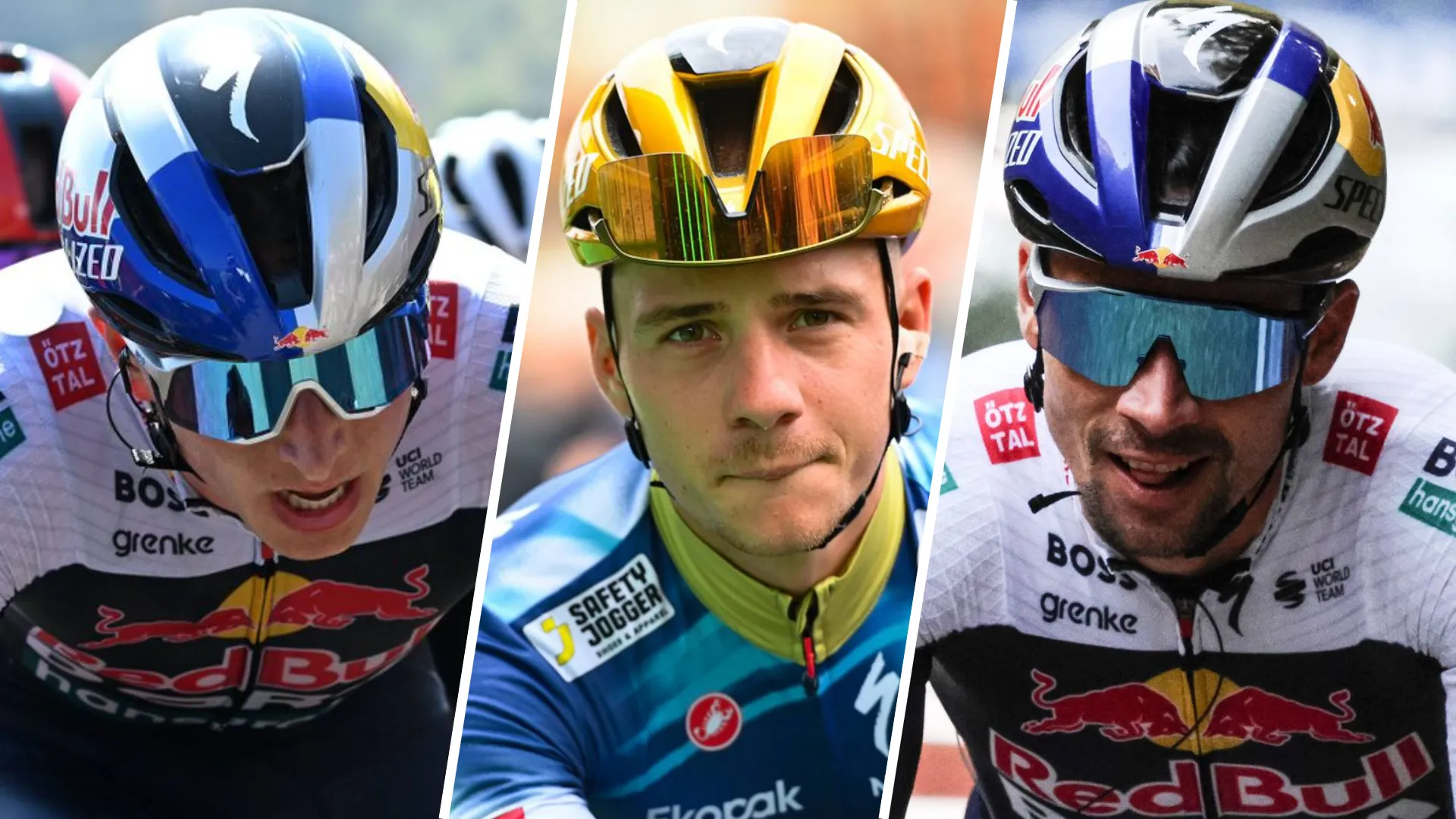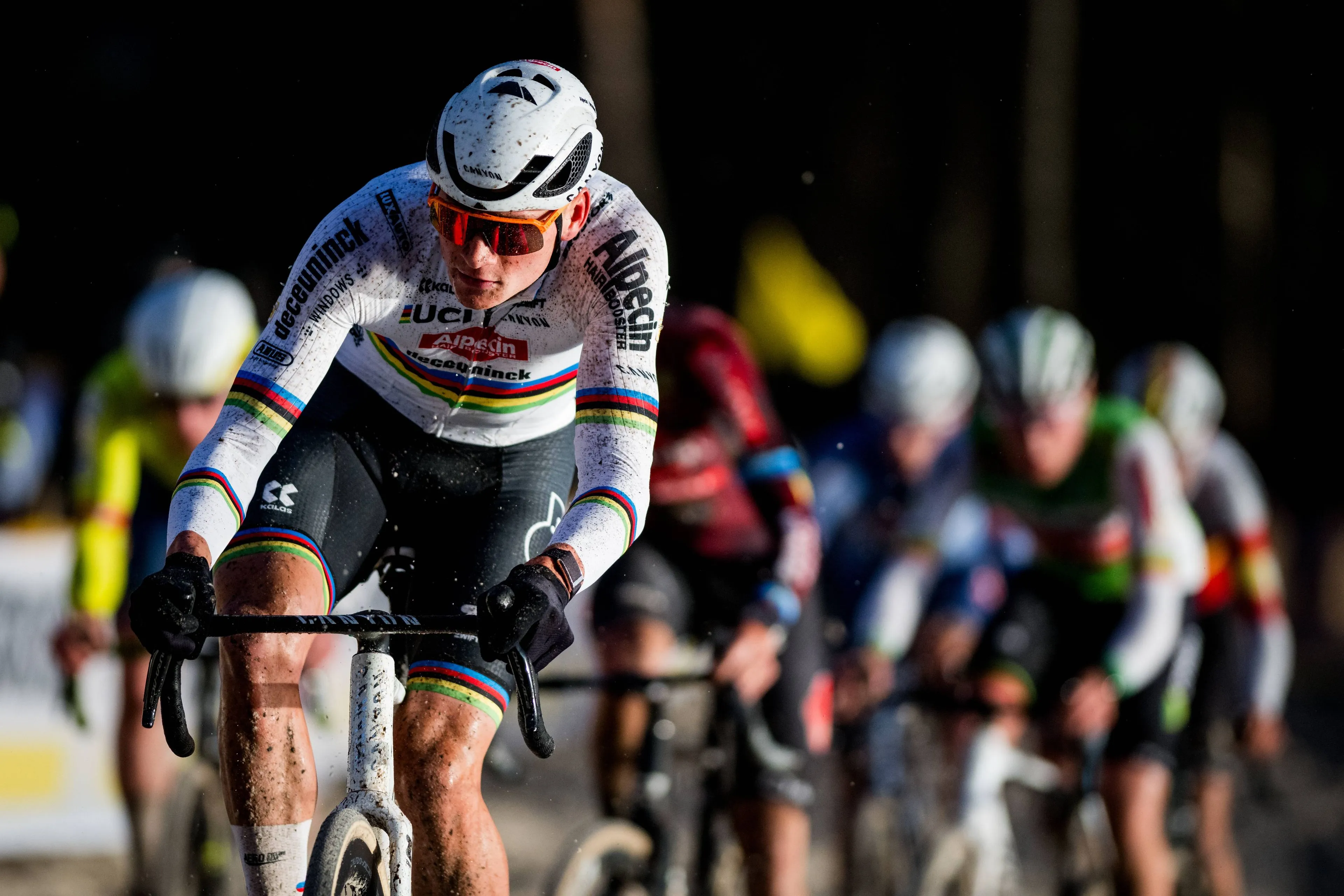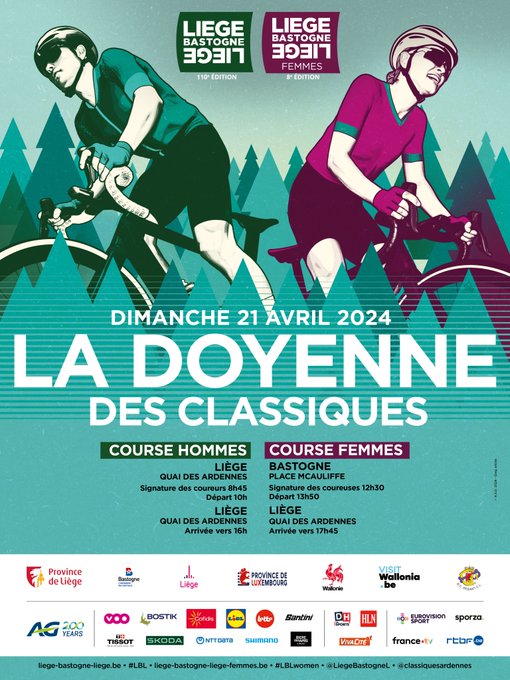Sean Kelly has a look at the Liege-Bastogne-Liege route: "Winner has to be able to get over the climbs one way or another"
CyclingSunday, 21 April 2024 at 08:30

Sean Kelly is widely recorded as one of the best riders of cycling's history. The Irishman holds many titles; a great sprinter who had won green jersey at Tour de France four times, master of classics who only misses Tour of Flanders in his Monumental palmares, unbeatable seven-time Paris-Nice champion, as well as Vuelta a Espana winner. This is just a short summary of Kelly's impressive exploits. In an interview for PEZ, Kelly compares the upcoming Liege-Bastogne-Liege to when he won the Belgian Monument twice (1984 and 1989).
What makes Liege-Bastogne-Liege so special? "It’s a clean race and it goes through nice countryside, there are no cobbles and dirt; not like Flanders and Roubaix where some of the parcours are pretty horrible. Liege is much more of a wearing-down process, there’s a constant, slow elimination through the back door as the weak quietly slip away as the race goes on and on. Another thing about it is that there tends to be fewer crashes, so it’s a bit safer than Flanders or Roubaix," he notes on the trending topic of rider safety.
Read also
"A winner has to be able to get over the climbs one way or another; some of the drags go on for maybe six or seven kilometres. If you study the race-winners you’ll find that there are a lot of climbers who have won it but also a lot of men who got over the climbs on their strength. If you look at Moreno Argentin who won it four times; he wasn’t a great climber in my book, he never won an important stage race for example, but he was very strong and got over the climbs on his power."
Cote de La Redoute can be seen as somewhat 'iconic' climb at the Liege-Bastogne-Liege route. How does Kelly view its importance in the race nowadays? "In my day it was the last big climb, there was maybe one smaller climb after it but after that it was a fast run-in to the finish in Liege. Now it finishes up in the Liege suburb of Ans, at the top of a long hard climb. If a break went in the 80’s it was hard to get them back because the run-in was so fast, but now a break has to survive that tough finale and it’s much harder to hold-off chasers; so La Redoute isn’t quite so important."
Read also
claps 0visitors 0
Just in
Popular news
Latest comments
- Chapeau! Sepp Kuss did that a few years back when Visma won all three GTs that yearCrashjames12-12-2025
- Superstar??? He won exactly zero races this year other than the Tour de l’Avenir. He won some races as a junior. I don’t get the hype, yet. Maybe I’ll be proven wrong.mij12-12-2025
- ummm he would definitely have won even with roglic still there, buddy was more than a minute up and defending well against an in shape roglic.bruins3012-12-2025
- I don't think he's finished either, but next to Tadej and Jonas and some others who are better GC than him, he'll never win a Grand Tour. He wouldn't have won that Vuelta if Rogla hadn't crashed.MajorPayne12-12-2025
- Weirdo!!!??? I wish Roglič all the best and I think he has a chance (if Tadej or Jonas don't decide to go to the Vuelta) Remco has no chance next to Tadej and Jonas (and Lipowitz).MajorPayne12-12-2025
- Weirdo. You think Roglic has a shot at another one and Remco will never win one again? Look at Remco's palmares now and Froome's at the same age.Veganpotter12-12-2025
- Hopefully Remco means it when he says about dual leadership "it’s the best way for us to do well".Ride197412-12-2025
- Apparently people forget about Hincapie's last foray into running a team. It was co-sponsored by Ken Griffin of Citadel, probably the richest hedge fund manager in the world. And the Hincapies (Rich and George) managed to screw that up.
 ScottG12-12-2025
ScottG12-12-2025 - Won three of the big one week tours in a row this year. Pretty impressive. I don't think he had much of a chance against Jonas in the Vuelta, but would have been nice to see him getting better support from the team.mobk11-12-2025
- I don't think he's quite over the hill at 25 years oldmobk11-12-2025
Loading
1 Comments





